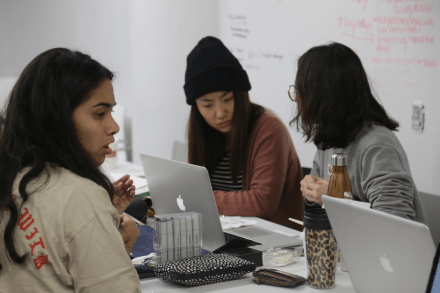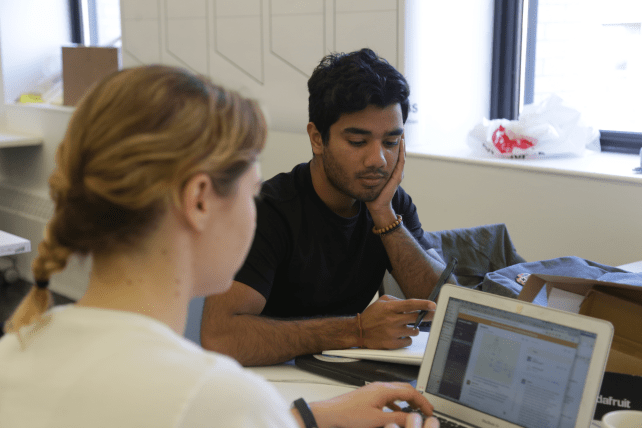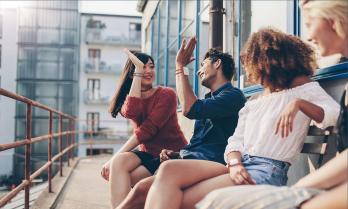Start with three questions
With so many health-related fields of inquiry to consider, the Panasonic and Parsons teams elected to focus on the potential of wearable technology in a select range of areas, working from big questions down to real opportunities to have an impact on people's health routines. Some examples of the big questions we started by asking:
- For people who monitor their cardiovascular health prevention, could a wearable support a person in maintaining their heart health?
- In terms of social wellness, could a wearable that promoted social interaction fostering a sense of community?
- Could sub-health patients - those who experience physical pain or discomfort despite negative medical tests - benefit from a wearable to help monitor discomfort or promote soothing practice?
The magnitude of these questions illustrates the challenge of giving focus to this project. We knew these were big questions, but we had no idea how much we were about to learn.

The project implemented by group with various background
Sympathize audience
"The first step in Human-Centered Design is to be inspired by your target audience," says Program Co-Director Kyle Li. "This can be accomplished through various research methods and techniques.
"To begin, designers need to understand people's healthcare perceptions, practices, and routines. During this phase, the teams identify shortcomings, assets, and opportunities by studying their audience's everyday behaviors.
The faculty at Parsons School of Design carefully curates the phases of student research through a cyclical process of research immersion followed by a return to the design problems at hand. This encourages student designers to learn as much as they can from the audience while maintaining an objective point of view that is crucial for identifying opportunities.In professor Kiersten Nash's words, "Design is a process in perpetual progress that, ideally, is propelled by research and a healthy dose of intuition."
In professor Kiersten Nash's words, "Design is a process in perpetual progress that, ideally, is propelled by research and a healthy dose of intuition."
The class at Parsons is an assemblage of select students drawn from three programs - Design & Technology, Strategic Design and Management, and Industrial Design - many of whom were specifically selected for their extra skillsets such as illustration, animation, programming and physical computing. It benefits for students to think of users from various perspective.

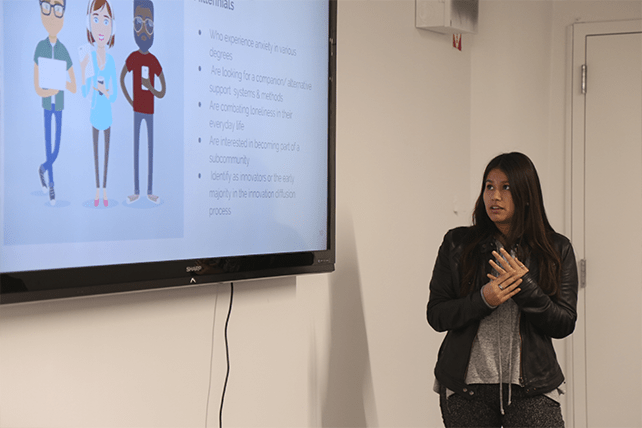

Students presenting research and finding in interim report
Professor profile
The Parsons faculty consists of three professors who bring diverse expertise and colorful personalities to the program.

Kyle Li
Director of BFA Design & Technology at Parsons School of Design
He is an award-winning interaction and learning designer with a knack for turning difficult content into easy-to-understand, playful experiences. He became the program director of BFA Design & Technology at Parsons School of Design in Fall 2014. Recently his desire for storytelling and immersive tech has brought him into virtual reality and augmented reality. He is launching a brand new minor study called Immersive Storytelling, in which students learn to design and develop meaningful and poetic experiences for virtual reality, augmented reality, mixed reality, and interactive theater.
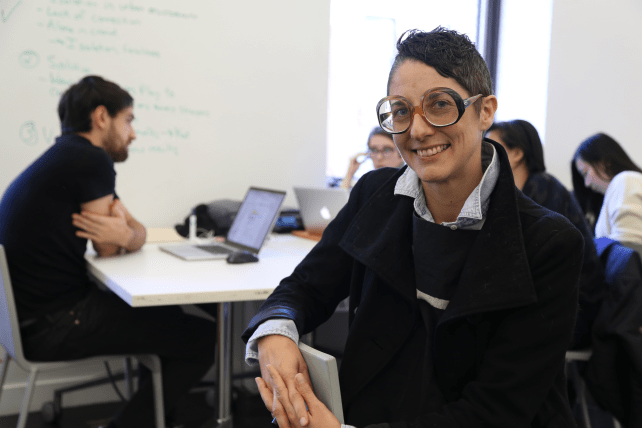
Kiersten Nash
Adjunct Professor at Parsons School of Design
She is a decorated artist, designer, and educator who has developed tactics to expand the creative capacities of people to understand how they impact their surroundings - from a patch of grass to a park to public policy.

Shaun Flynn
Adjunct Professor at Parsons School of Design
He is an internationally acclaimed designer with over 25 years experience consulting with Fortune 100 and 500 companies. Since founding STUDIOFYNN in 1997 he has developed his practice in Italy, India and the United States working in the areas of design, design research, communications and design education.



